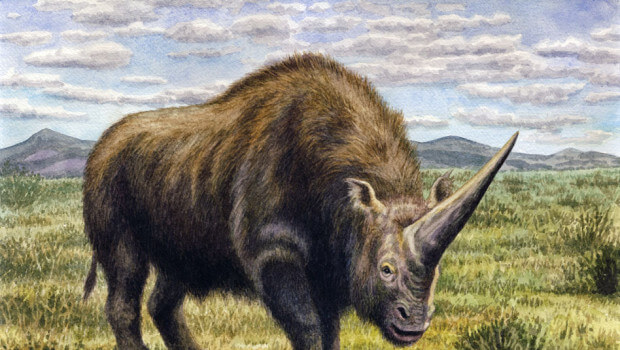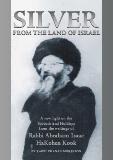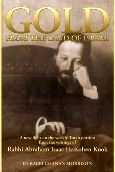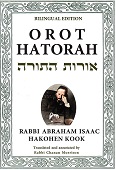
Does the Torah mention unicorns? Well, not explicitly. Yet the Talmud states that the bull which Adam offered up to God had but one horn, centered in the middle of its forehead (Shabbat 28b).
What were the Sages trying to tell us? Why does it matter how many horns Adam’s bull had?
We cannot truly understand the significance of sacrifices. We don’t know why the Torah mandates that a particular animal or substance be offered on the altar. But we can comprehend - at least in a general fashion — the rationale behind certain types of offerings. If a sacrifice comes to atone for a particular sin, then we should expect that its underlying significance will lie in the removal or subjugation of the negative trait that is responsible for committing that sin.
In the time of Adam HaRishon, the force that could lead him astray was the relatively simple, natural impulse towards animalistic traits. The most noticeable aspect of this loss of humanity is the capacity for intentional destructiveness. This negative trait of aggressiveness is aptly represented by the animal’s natural weapon of destruction — its horn.
For Adam, the tendency towards animalistic crassness and violence was his single moral weakness. His atonement offering needed to encompass the themes of animalism and destructiveness. Therefore, Adam’s offering was, aptly, an animal bearing a single horn.
Later generations, however, invented more sophisticated forms of debauchery and immorality. “God made man upright, but they have sought for themselves all sorts of schemes” (Ecclesiastes 7:29).
Now we must contend with secondary faults and vices. They are the product of traits that are intrinsically good, but have been distorted by evil intentions. In the more complex reality of our world, atonement requires offerings of animals with multiple horns, horns that sprout from both sides of the animal’s head.
(Adapted from Ein Eyah vol. III, p. 108)





